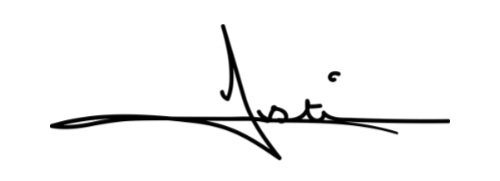From Frizz to Fabulous: The Ultimate Guide to Managing Hair Changes After 40
Understanding Hair Texture Changes After 40: Causes and Solutions
As we age, our bodies evolve in surprising ways—one of which is the change in hair texture. If you’re noticing your hair feeling thinner, coarser, or just different, you’re not alone. Let’s explore why this happens and, more importantly, what you can do about it.
*this post may contain affiliate links, which means that I may receive a commission if you make a purchase using these links at no cost to you.
Why Hair Texture Changes After 40
1. Hormonal Shifts
After 40, hormones—particularly estrogen and androgen—fluctuate. These changes can:
Reduce hair’s diameter, making it feel thinner and weaker.
Lead to shedding and hair loss, especially noticeable around the hairline and part.
2. Natural Aging
As we age, our scalp produces less oil, leaving hair drier and more prone to damage. Combined with reduced collagen production, this can make hair appear dull and lifeless.
3. Lifestyle and Styling Habits
Frequent coloring, heat styling, and environmental exposure stress hair over time. Lightened or over-processed hair is more prone to dryness and breakage, exacerbating the appearance of thinning.
Signs of Changing Hair Texture
Thinning: Hair feels less dense, and you’re seeing more strands in the shower or on your brush.
Dryness and Brittleness: Hair loses its natural shine and feels coarse.
Increased Frizz: Hair appears unruly, especially after styling.
How to Care for Changing Hair
1. Adjust Your Hair Care Routine
Shampoo the Scalp, Not the Ends: Focus shampoo on your scalp to cleanse without stripping oils from the lengths. Avoid over-shampooing to maintain moisture balance.
Deep Condition Weekly: Replenish moisture with nourishing masks or leave-in conditioners.
2. Be Gentle with Styling
Use heat protectants every time you style.
Swap round brushes for more controlled tools to reduce frizz.Silk pillowcases minimize friction and help retain moisture.
3. Stimulate Hair Growth
Scalp Massage: Regularly massage your scalp to improve circulation and stimulate the sebaceous glands for better oil production.
Nutrient Support: Include iron, calcium, and other essential nutrients in your diet.
When to Seek Professional Help
If you’re noticing significant hair loss or texture changes, consult a doctor. Conditions like hormones changes or nutrient deficiencies could be the underlying cause.
Recommendation: Learn more from Dr. Haver, an expert in menopause health.
Managing Frizz and Coarse Hair
1. Moisture is Key
Coarse or frizzy hair lacks hydration. Use lightweight oils or shine sprays to add softness and tame flyaways.
2. Avoid Over-Styling
Use diffusers for curly hair to reduce airflow stress.
For straight hair, ensure you’re pointing the airflow down the hair shaft (airflow from roots towards ends) to smooth the cuticle.
3. Embrace Protective Measures
Consider hair fibers to temporarily fill thinning areas while addressing the root cause. Regular trims also prevent split ends from worsening frizz.
Daily Practices for Healthier Hair
Move Your Body: Exercise improves circulation, delivering nutrients to hair follicles.
Reduce Stress: Chronic stress disrupts the hair growth cycle. Incorporate mindfulness or yoga into your routine.
Sleep Well: Quality sleep supports overall health, including hair growth.
Ready to Transform Your Hair?
Changing hair texture doesn’t have to be frustrating. With a tailored routine and mindful practices, you can maintain beautiful, healthy hair at any age.
For a deeper dive into these tips, watch our YouTube video:
Let’s make hair care a priority. Share your progress or tips in the comments below!
If you haven’t already, be sure to subscribe to my newsletter HERE.




